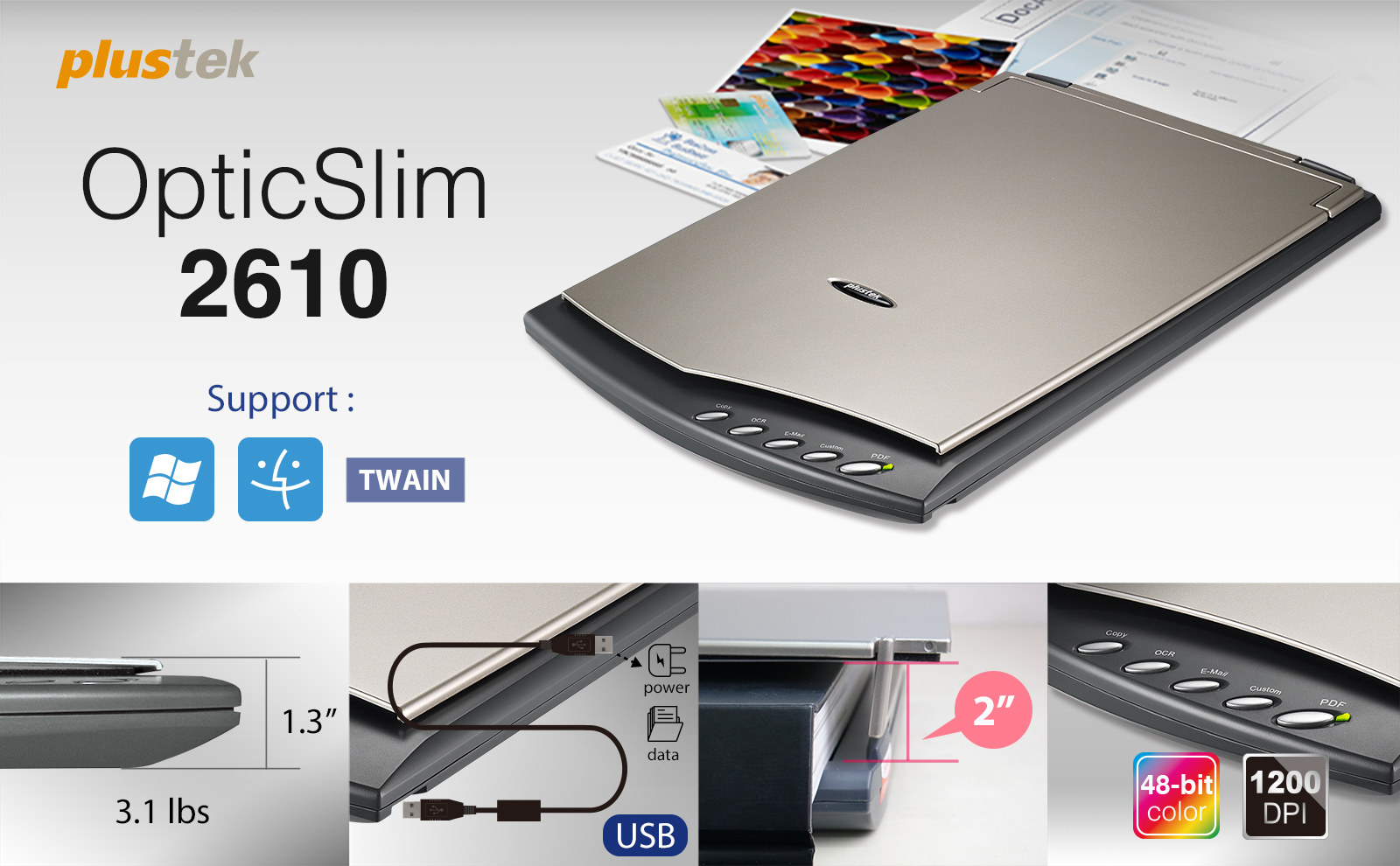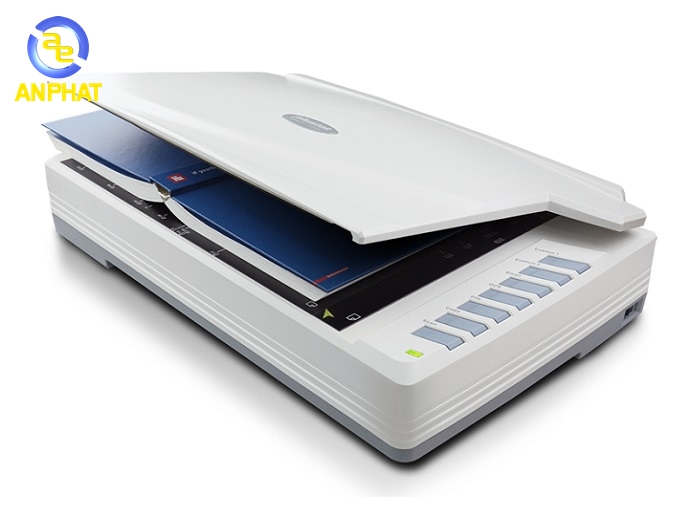
- Plustek scanner reviews manual#
- Plustek scanner reviews software#
- Plustek scanner reviews professional#
- Plustek scanner reviews windows#
Also keep in mind that our timing tests use 35mm film for consistency from one scanner to the next. The key point here is that scanning film and slides takes time, and taking advantage of features like high resolution and hardware-based dust and scratch removal takes even more time. With the infrared scan for dust and scratch removal, it took 12:10. Some additional times may be helpful for context: Using 2,650ppi resolution, scanning all the images on a 35mm slide carrier took 6 minutes 31 seconds. The 10,600ppi setting gives 10,600ppi resolution in one direction, but has to interpolate from 5,300ppi in the other.) (Note that the highest fully optical resolution the scanner offers is 5,300 by 5,300 ppi. In my tests, it took 21 seconds to prescan a single 35mm slide or color negative, 43 seconds to scan a single slide at 490 pixel-per-inch (ppi) resolution, and 57 minutes (yes, minutes) to scan a single slide at the top setting of 10,600ppi, complete with an additional scan in infrared for the hardware-based dust-and-scratch-removal feature. Scan Speed How long the scan takes depends on so many variables that it is hard to peg down a scan time for the OpticFilm 120. You can then use SilverFast to preview the first slide or frame of film (I'll refer to both as images from this point on), change any scan settings you like, and give the command to scan either the first image only or all the images in the carrier. You then turn on the scanner and slide the carrier into the front slot far enough for the feed mechanism to grab it and take over the positioning. The first step for scanning is to mount the slides or film in the appropriate carrier. For 35mm size, the film carrier can hold two strips of six images each, and the slide carrier can hold a maximum of five slides. The carriers for medium-format film can hold strips with a maximum of one to four images, depending on the image size. Plustek includes seven carriers for holding film and slides, with one designed to hold two different film sizes. The mechanics of scanning are also simple. The color calibration step is optional, but quick and easy if you choose to do it. Setup was standard, requiring little more than plugging in the USB cable and installing the software.
Plustek scanner reviews windows#
If you want consistently good scans, you should plan on investing some time in learning the nooks and crannies of the program's settings.įor my tests, I connected the OpticFilm 120 on a system running Windows Vista.

Plustek scanner reviews professional#
It's one of the most capable choices for professional photographers and serious amateurs, but not particularly easy to use. SilverFast is to scan utilities what Photoshop is to photo editing.

The scanner also comes with an IT8 transparency, so you can calibrate it with the software. The Ai version that comes with the OpticFilm 120 is the high-end variation of the program, with automated color calibration using a standard IT8 target image. For instance, the Epson V700 ships with a version of SilverFast.
Plustek scanner reviews software#
Software, Setup, and Scanning The only software Plustek includes with the OpticFilm 120 is LaserSoft Imaging SilverFast Ai 8.0, a scan utility that you can also buy separately and is available for a long list of scanners. That said, the OpticFilm 120 offers significant advantages of its own, with a color calibration feature for better color fidelity, and better scan quality overall than the Epson V700, not to mention less expensive flatbeds like the Epson Perfection V550 Photo Scanner ($349.00 at Amazon), which is our Editors' Choice for an inexpensive model for scanning 35mm slides and film.

The Epson scanner can also scan transparencies as large as 8 by 10 inches, and its software offers an option for fully automated scanning with surprisingly good results. The scanner's carriers can hold a maximum of 12 frames of 35mm film or five slides. The Epson V700 actually has some advantages compared with the OpticFilm 120, including the ability to hold up to 12 35mm slides or 24 frames of 35mm film on its flatbed at once and scan them with one command. The OpticFilm 120 offers a step up in scan quality from the Epson Perfection V700 Photo ($1,084.20 at Amazon), as you would guess from the difference in price. It's also bigger than the Plustek 8200i Ai, at 7.4 by 8.3 by 14.7 inches (HWD), giving it room to hold the larger film.
Plustek scanner reviews manual#
Second, instead of a manual feed, the OpticFilm 120 has a motorized automatic feeder.

First, instead of being limited to 35mm originals, the OpticFilm 120 can also scan medium-format film, meaning 120 and 220 film with image sizes of 6 by 4.5, 6 by 6, 6 by 7, 6 by 8, 6 by 9, and 6 by 12 centimeters. There are two key differences between the two models.


 0 kommentar(er)
0 kommentar(er)
